Most employee wellness programmes include a combination of health risk assessment (HRA) screening with relevant interventions. An HRA identifies health and wellness risks at an individual level to enhance employees’ awareness about their health statuses and direct them to appropriate resources. At the corporate level, wellness screenings are used to understand and track the overall priorities and burden of health risks for planning, programme evaluation and risk management purposes. Another approach for wellness has been through the use of wearable devices (mobile applications, smartwatches and fitness bands).
Multiple publications highlight the key learnings from the long and vast experience of employer-based wellness programmes from developed markets. A common finding has been that a wellness assessment should be carefully selected to match appropriately to the programme objective and the targeted population. As most HRAs are generally accepted to be evidence-based in their scoring, we conducted a sensitivity analysis on HRA data elements that are parallel to the types of data that could be obtained through wearables (e.g., tracking exercise and activity levels). We varied the different input metrics in three independent HRAs to see which metrics had better predictive value for the overall outcome. We then investigated the impact of the activities that HRAs measure on overall reported HRA health scores. This has helped us to understand the influence that activities measured by wearable devices may have on overall levels of health, based on how significant the HRAs consider these activities to be.
HEALTH RISK ASSSEMENTS
The US Centers for Disease Control and Prevention (CDC) has defined an HRA as:
A systematic approach to collecting information from individuals that identifies risk factors, provides individualised feedback and links the person with at least one intervention to promote health, sustain function and/or prevent disease.
HRAs typically incorporate three key elements, as shown in Figure 1.
FIGURE 1: TYPICAL HEALTH RISK ASSESSMENT PROCESS
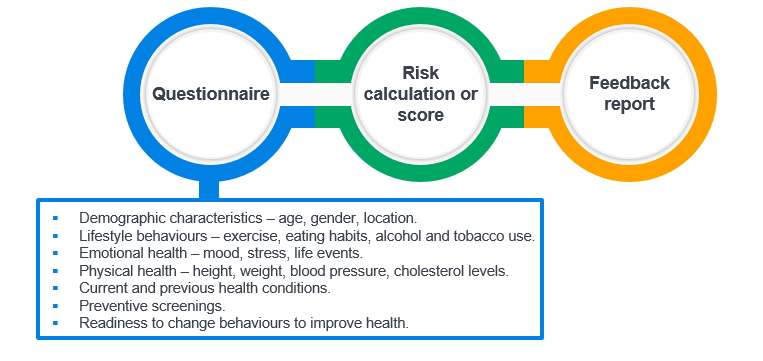
We tested the consistency among three HRAs and the relative weightings that they give to metrics in terms of predicting overall health levels. We compared the questions and results for publicly available HRAs from Vitality, the heart risk assessment of the English National Health Service (NHS) and the Rapid HRA tool developed by Milliman.
Each HRA also has a different type of output. The Vitality HRA produces a "Vitality Age" which should be interpreted relative to the member’s age. A Vitality Age higher than the member’s actual age signals that a member’s health status is worse than expected based on the demographic profile, and vice versa. The NHS HRA produces a similar output but with a focus on "heart age." The Rapid HRA produces a score out of 100 where a score of 100 signals that the member is in perfect health.
Figure 2 shows there is a substantial overlap in question types for Vitality and the Rapid HRA, while the NHS HRA has a narrower focus.
FIGURE 2: THE MAIN QUESTION GROUPS WITHIN EACH TYPE OF HRA

The full Thomson Reuters report, funded by the CDC, that provides this definition is available at https://www.cdc.gov/policy/hst/hra/HRAAWVGuidanceReportFINAL.pdf

We defined a base case for a male member, aged 40 with the health and demographic characteristics described in Figure 3, as representing the "average" scenario. We also defined "very healthy" and "very unhealthy" scenarios for the member aged 40 by varying the base case inputs to test the impact on the HRA outputs. We used the base case scenario to test the sensitivity of each HRA’s output metric to the input measures that wearables are able to capture. This is discussed in more detail in later sections.
FIGURE 3: AN EXAMPLE OF THE BASE CASE MEMBER AND WHAT IS CLASSED AS HEALTHY OR UNHEALTHY IN TERMS OF HEALTH SCORE OR AGE 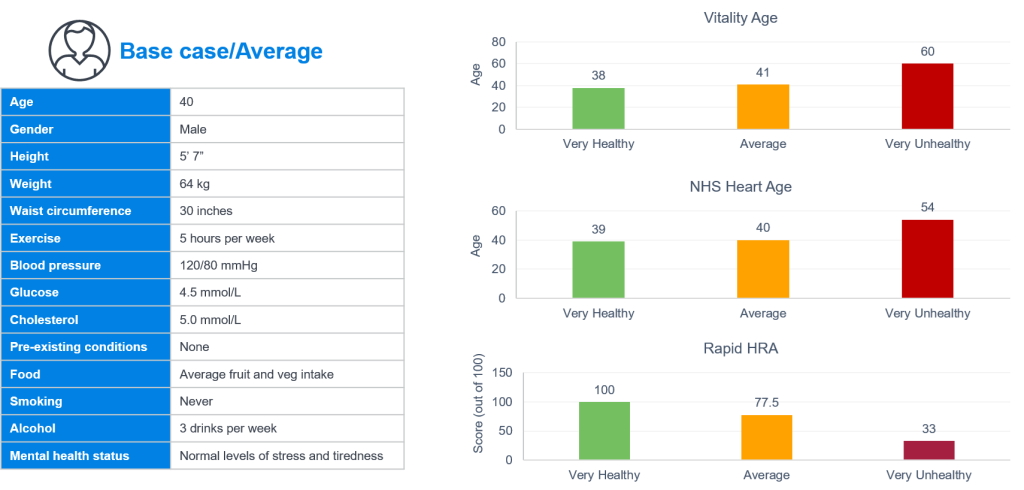
HEALTH RISK ASSESMENTS AND WEARABLES
The wearable devices of today measure a limited amount of information, and insurers can only use the data that is made available from each device. For this research, we tested the sensitivity of the HRAs to the metrics that wearables measure, and then compared it to other component metrics in an HRA. This gives us some additional insights into how HRAs and wearables interact with one another as well as the value that HRAs place on selected lifestyle behaviours.
Regarding exercise, our research showed that, for Vitality Age, there is no marginal benefit from exercising more than four hours per week. However, exercising fewer than four hours per week has a negative impact on the member’s Vitality Age, as shown in Figure 4.
Figure 4: The impact of activity levels on vitality age (Vitality HRA)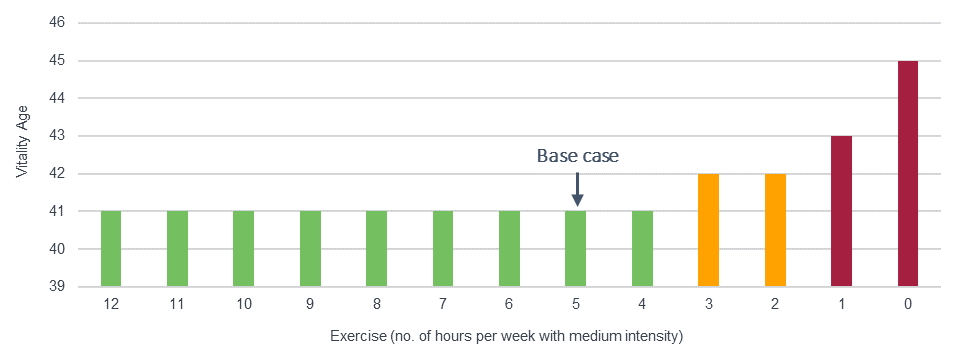
For Rapid HRA, on the other hand, we saw that increasing activity levels from the base case can improve the overall health score significantly. Additionally, reducing activity levels has a negative effect on the health score, as shown in Figure 5.
FIGURE 5: THE IMPACT OF ACTIVITY LEVELS ON HEALTH SCORE (RAPID HRA)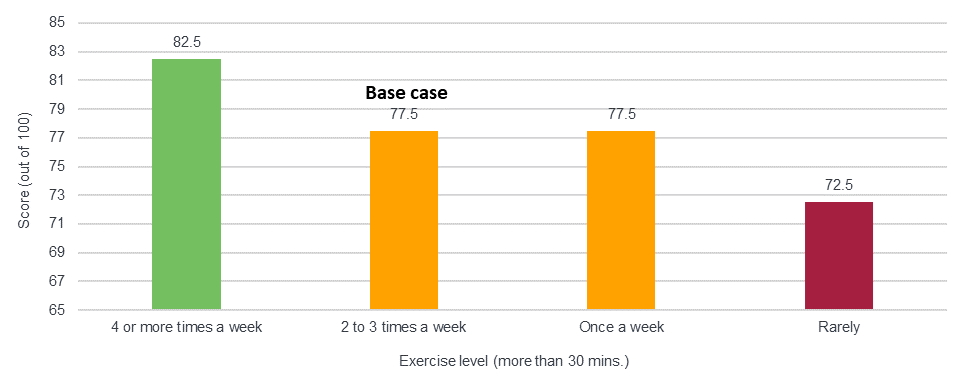
Another area we assessed was the impact of a changing body mass index (BMI) against the overall health score or health age.
We found that, for the Vitality HRA and the Rapid HRA, any BMI value that moved further away from the "healthy" range had a significant impact on the overall health score or Vitality Age, as shown in Figures 6 and 8. The NHS HRA is less sensitive to changes in BMI, with a step change only occurring at a BMI of 30, as shown in Figure 7.
Figure 6: The impact of BMI on vitality age (Vitality HRA)
Figure 7: The impact of BMI on heart age (NHS HRA)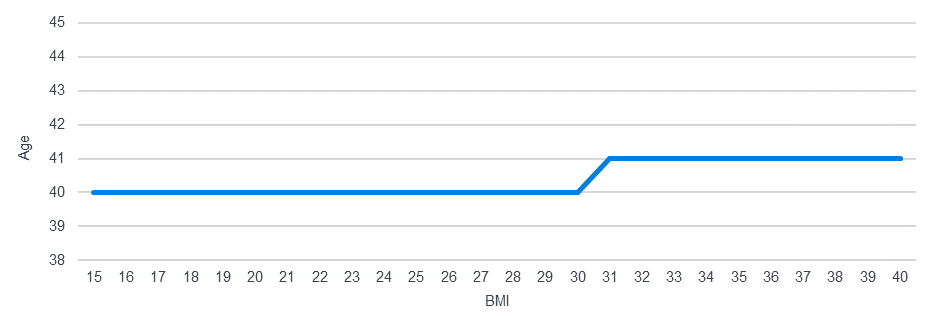
Figure 8: The impact of BMI on health score (RAPID HRA)
Finally, we looked at the sensitivity of HRAs to some key health metrics not measured by wearables. We looked at the effect on the health age or score after varying each metric to "good" and "bad" values from the base case shown in Figure 3 above.
While we found that not exercising has a negative impact on the health score, it was not always the most important health factor. As shown in Figure 9, Figure 10 and Figure 11, metrics such as cholesterol, smoking and BMI can all have higher impacts on a member’s Vitality Age, NHS HRA heart age, or Rapid NRA health score, respectively.
For the Vitality HRA, it is only possible to improve the Vitality Age by improving cholesterol and eating habits from our defined base case (Figure 9). For the Rapid HRA, it is possible to improve the overall health score by improving on various factors (Figure 11). For the NHS HRA, we found that it was not possible to improve the heart age by improving on particular factors, but worsening on particular factors could result in a deterioration of the heart age (Figure 10).
Figure 9: Sensitivity testing results of existing question groups on Vitality age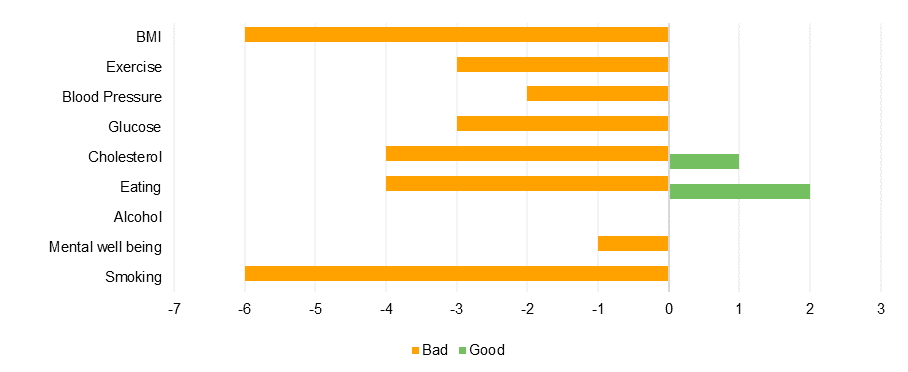
Figure 10: Sensitivity testing results of existing question groups on NHS heart age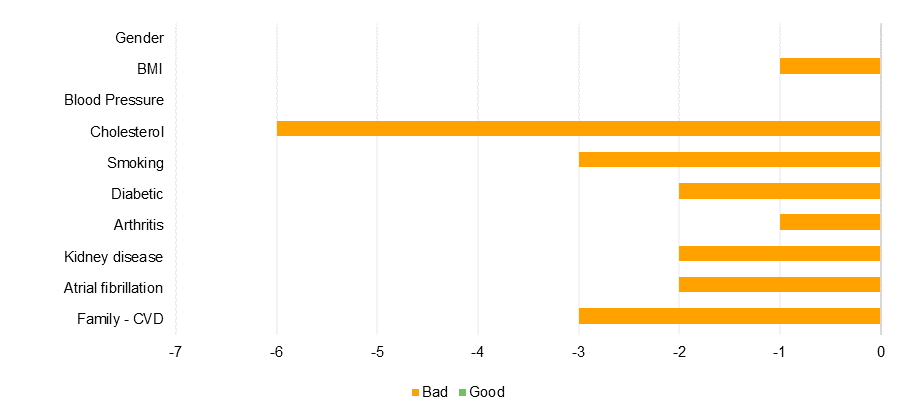
Figure 11: SENSITIVITY TESTING RESULTS OF EXISTING QUESTION GROUPS ON RAPID HRA Health SCORE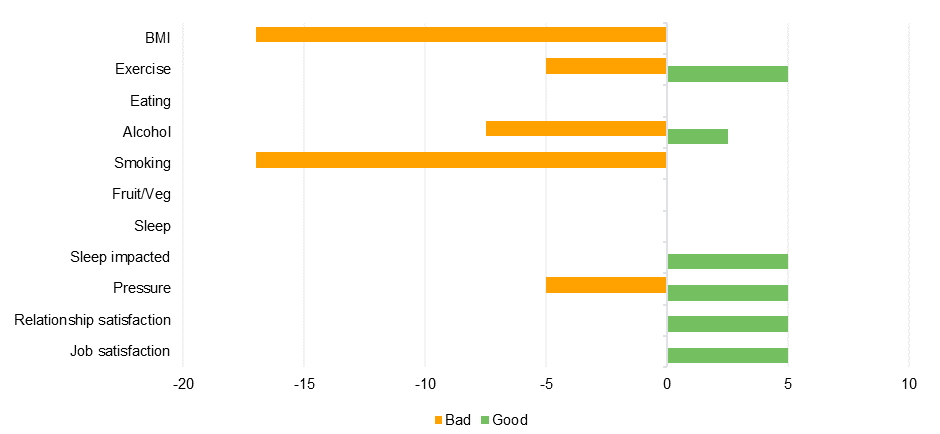
Conclusion
Our review of the factors that influence health risk assessments (HRAs) indicates that, although wearables may encourage members to increase their activity levels, the implementation should be considered as part of a comprehensive wellness offering because many of the most important factors that influence HRA scores, and (by implication) health status, are not captured by wearables.
A wellness assessment should be carefully selected to match appropriately to the programme objective and the targeted population. The assessment campaign should have a clear objective and purpose. To achieve this objective, employers and wellness vendors should carefully select the assessment approach that resonates with these best practices. An employer-focused analysis of the risk profiles of employees allows employers to customise programmes to suit their specific objectives and employee risk profiles. To use HRAs to encourage behaviour change by respondents, the results should be sensitive to changes in behaviour to help monitor the employee and employer progress of wellness interventions.
A version of this paper was originally published by Milliiman in March 2020 and is available at https://www.milliman.com/en/insight/the-role-of-wearables-in-private-medical-insurance.
For any questions or more discussion around HRA and the contents in this whitepaper, please email lalit.baveja@milliman.com
Disclaimer: This article presents information of a general nature and is intended solely for educational purposes. It is not intended as advice for any specific situation and may not be relied upon for any purpose. You should always consult qualified professionals familiar with your circumstances before adopting any strategy or taking any action. Milliman does not guarantee the veracity, reliability, or completeness of this whitepaper and has no responsibility for damages alleged to have been caused by it.